Worm and Wheel manufacture
Can I do it myself with what I have?
| FullaFlava | 13/07/2019 16:28:31 |
| 30 forum posts 52 photos | Gents, As I mentioned in my newbie post, I work 2 months away at a time and am due home at the end of this month. I have been attempting to make over the course of many years a scratch built Bolton Triple to the Reeves plans. As I have a new to me lathe I want to get going on some more, so during this time away I have been going over what I need to do; one of those is the matching set of worm and wheel for the reversing gear. I'm afraid I don't have the plans with me to give specifications.
Will I need anything more esoteric than a gear cutter or do I need to enter into the realms of hobs plus who knows what and potential expense for a one off. Would it be easier to either sub it out to someone who can or buy a set in if available? I would like to do it myself if possible. Thanks
|
| Howard Lewis | 13/07/2019 18:21:01 |
| 7227 forum posts 21 photos | Welcome aboard! There will always be folk willing to help of you have a problem or a query. There is a huge pool of knowledge on a wide range of subjects, covering Model engineering, and other topics. With you equipment unless you want helical gears, cutting your own gears should be little problem. Being VERY FAR from a specialist, I have cut a number of spur gears using a Rotary Table, with Division Plates on a Mill/drill. For me, gear cutting is a necessity, rather than a hobby. Unless you plan to make a lot of gears, you may find it cheaper to buy the cutters that you need, when you need them, rather than buying complete sets. Complete sets to cover many possibilities could be be expensive. Imagine the cost of a set of 8 cutters for each of various DPs and pressure angles, as well as 1 Mod, 1.25 Mod, and 1.5 Mod wheels! You could probably buy a new mill for less. The latest project called for cutting a worm. Since it is to mesh with a 1Mod wheel, it required a worm with a pitch of pi mm. Despite spending a couple days making up a spreadsheet, have been unable to find settings for the changewheels and Norton gearbox on my lathe to produce this. Took the coward's way out and became a chequebook engineer by buying a worm. IF I could have found the ideal, or at least acceptably accurate, set up, the cost would have been minimal. Just grind up a HSS toolbit to correct profile, and cut the worm. It is effectively a screwthread. RS supplied one for better than half the price of a specialist gear company! A mini lathe with a metric leadscrew and change wheels can do what a larger, and apparently more complicated lathe with a Norton gearbox and metric leadscrew cannot! Prepare to enjoy yourself! Howard
|
| Andrew Johnston | 13/07/2019 18:22:29 |
7061 forum posts 719 photos | If you use a standard V-thread it's easy enough to screwcut the worm and use a commercial tap in the lathe to make the worm wheel: A spiral flute tap helps, but isn't essential. Alternatively if you can screwcut an Acme worm then you can also make a hob for free hobbing the worm wheel, although you will need to gash the worm wheel first. Here's a home made hob cutting a worm wheel: And the final worms and worm wheels: Andrew
|
| BW | 14/07/2019 10:52:12 |
| 249 forum posts 40 photos | Posted by Andrew Johnston on 13/07/2019 18:22:29:
If you use a standard V-thread it's easy enough to screwcut the worm and use a commercial tap in the lathe to make the worm wheel: A spiral flute tap helps, but isn't essential. Andrew
Is there a trick to calculating the diameter of the blank for a given tap and a given number of teeth? At the moment I've got the impression there is a bit of trial and error involved but happy to be corrected. For the photo that was posted was it as simple as 10tpi tap and I want 20 tooth pinion therefore diameter is calculated by PI X D = 2" Therefore D = 2/PI = 0.637" ? Does it help if the blank is gashed first before applying the tap ? Far too cold out there to go out to my shed and have a go.
Bill
|
| Andrew Johnston | 14/07/2019 20:36:10 |
7061 forum posts 719 photos | If I were to do a rough calculation I'd work out the diameter of the pitch circle, add the addendum and a bit more to account for the curved nature of the worm wheel. And then watch the tap cut the number of teeth it wants to, irrespective. The worm wheel illustrated was for a "speed" control on a Pickering governor, so the number of teeth was unimportant. I simply decided what OD I wanted to give the appropriate centre to centre distance and then cut steadily deeper until the teeth on the outer edges were fully formed. The precise centre to centre distance of each worm and wheel set was measured on the job rather than relying on the theory. I suspect that gashing the worm wheel first would help, but it's not something I've tried. However, for the steering gear worms and worm wheels in the other pictures the worm wheel was gashed beforehand using a convenient involute gear cutter and the dividing head, plus swivelling the table on the mill to the appropriate helix angle, like this: In this case the number of teeth was important as there was no latitude for adjusting positions on the job, so gashing was essential. When free hobbing the worm wheel the dividing head plays no part, it's simply a convenient way of holding the arbor on which the worm wheel freely rotates. Andrew |
| Vasantha Abey | 16/07/2019 08:25:37 |
| 17 forum posts | Dear All the following link allows a download of gear cutting software.
Use a Vertical feed with gear tooth shape grounded end mill with two lips only. Do not modify the software. Only fill the blanks. If you have a swivel head Vertical Mill, you can feed from the side using standard Module or DP cutters too and use side feed and not the Z axis. To edit or modify the Gode program copy the generated Gcode file into MS Notepad, then edit, replace, or simply edit. I have got many tricks invented for this software juggling too. Dont try to juggle with the software letters unless you save the software on a separate USB. If the software gets corrupted, reinstall again after uninstalling the corrupt version.
http://www.saand.es/joseyana/temp/gcode_helgears.zip
If you have cnc mill with 4th axis only this software is useful. Very easy cutting a helical gear i with this software. Entry and exit of tool path should be increased by simple arithmatic. eg:- if 20mm X distance, 10 degree rotation, for 30 mm X distance how much rotation? 10/20 x 30 gives degrees for more starting and end feed distance Vasantha from Sri lanka
Edited By Vasantha Abey on 16/07/2019 08:35:43 |
| FullaFlava | 21/08/2019 17:36:31 |
| 30 forum posts 52 photos | So now I am at home, I can properly get my head round making a worm and wheel. The drawing is here, I believe it’s a 40:1 ratio and shown diagrammatically as an acme thread. In reality I guess it won’t matter as long it it looks about right, but I’m a bit disappointed the pitch isn’t specified as I believe I need that to calculate the wheel diameter. If anybody can help me decipher this, so I can get on, I would appreciate it. |
| Nick Hughes | 21/08/2019 18:02:17 |
307 forum posts 150 photos | If yoiu decide not to do it yourself, have a look in the HPC Gears Catalogue under "Worms and Wheels" here:- **LINK** They list both MOD and DP |
| FullaFlava | 31/08/2019 16:58:51 |
| 30 forum posts 52 photos |
If only I’d known it was so ‘easy’! I’d bought a 16x2mm spiral tap which recently arrived. I wanted 40 teeth which gave me a .0787” x 40 = 3.148 circumference equating to 1.002” diameter. I tried a couple of bits of scrap first to get the technique, I got the in feed wrong and double cut, if I’d continued to in feed it might have sorted itself out. The larger diameter gave me 47 teeth Once I was confident I tried for real, then cut a 1/2 “ x 2mm pitch worm to see how it looked.
Edited By FullaFlava on 31/08/2019 16:59:54 |
| Neil Wyatt | 01/09/2019 15:12:32 |
19226 forum posts 749 photos 86 articles | Congratulations! Neil |
Please login to post a reply.
Want the latest issue of Model Engineer or Model Engineers' Workshop? Use our magazine locator links to find your nearest stockist!
Sign up to our newsletter and get a free digital issue.
You can unsubscribe at anytime. View our privacy policy at www.mortons.co.uk/privacy
- *Oct 2023: FORUM MIGRATION TIMELINE*
05/10/2023 07:57:11 - Making ER11 collet chuck
05/10/2023 07:56:24 - What did you do today? 2023
05/10/2023 07:25:01 - Orrery
05/10/2023 06:00:41 - Wera hand-tools
05/10/2023 05:47:07 - New member
05/10/2023 04:40:11 - Problems with external pot on at1 vfd
05/10/2023 00:06:32 - Drain plug
04/10/2023 23:36:17 - digi phase converter for 10 machines.....
04/10/2023 23:13:48 - Winter Storage Of Locomotives
04/10/2023 21:02:11 - More Latest Posts...
- View All Topics
- Reeves** - Rebuilt Royal Scot by Martin Evans
by John Broughton
£300.00 - BRITANNIA 5" GAUGE James Perrier
by Jon Seabright 1
£2,500.00 - Drill Grinder - for restoration
by Nigel Graham 2
£0.00 - WARCO WM18 MILLING MACHINE
by Alex Chudley
£1,200.00 - MYFORD SUPER 7 LATHE
by Alex Chudley
£2,000.00 - More "For Sale" Ads...
- D1-3 backplate
by Michael Horley
Price Not Specified - fixed steady for a Colchester bantam mark1 800
by George Jervis
Price Not Specified - lbsc pansy
by JACK SIDEBOTHAM
Price Not Specified - Pratt Burnerd multifit chuck key.
by Tim Riome
Price Not Specified - BANDSAW BLADE WELDER
by HUGH
Price Not Specified - More "Wanted" Ads...
Do you want to contact the Model Engineer and Model Engineers' Workshop team?
You can contact us by phone, mail or email about the magazines including becoming a contributor, submitting reader's letters or making queries about articles. You can also get in touch about this website, advertising or other general issues.
Click THIS LINK for full contact details.
For subscription issues please see THIS LINK.
Model Engineer Magazine
- Percival Marshall
- M.E. History
- LittleLEC
- M.E. Clock
ME Workshop
- An Adcock
- & Shipley
- Horizontal
- Mill
Subscribe Now
- Great savings
- Delivered to your door
Pre-order your copy!
- Delivered to your doorstep!
- Free UK delivery!

 So I have a lathe, a VMC mill, a dividing head, a bench grinder. I don't envision making the blanks or single point threading the worm wheel to be a problem unless my lathe won't do the pitch as I can grind the tool to the profile I need.
So I have a lathe, a VMC mill, a dividing head, a bench grinder. I don't envision making the blanks or single point threading the worm wheel to be a problem unless my lathe won't do the pitch as I can grind the tool to the profile I need.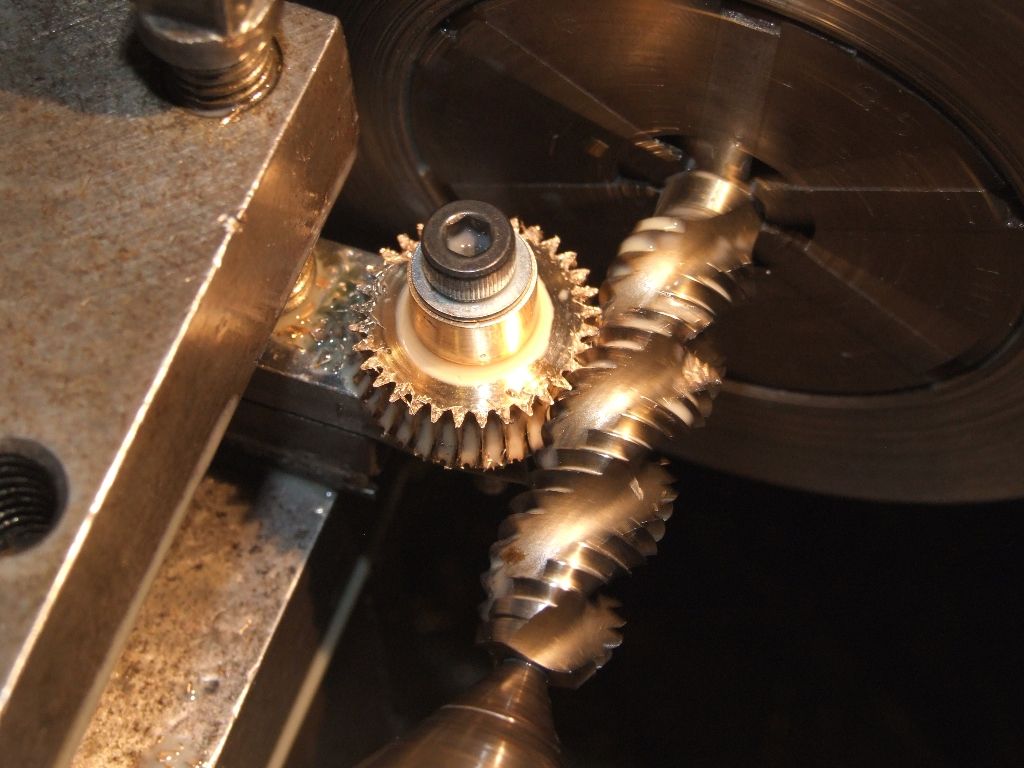


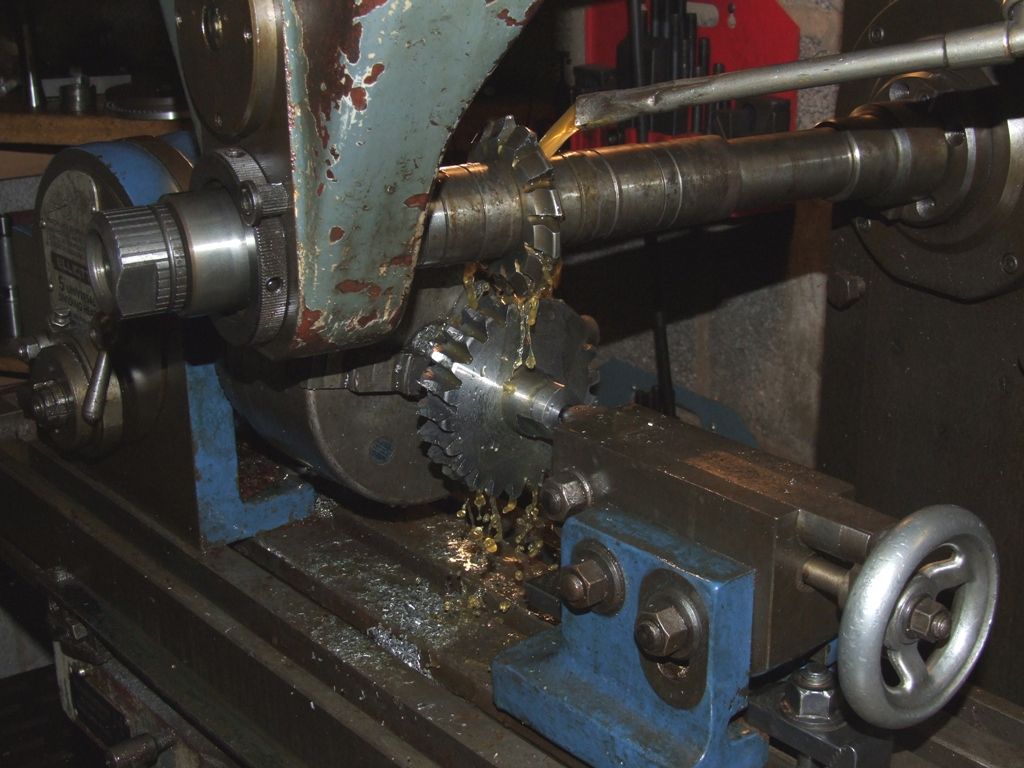
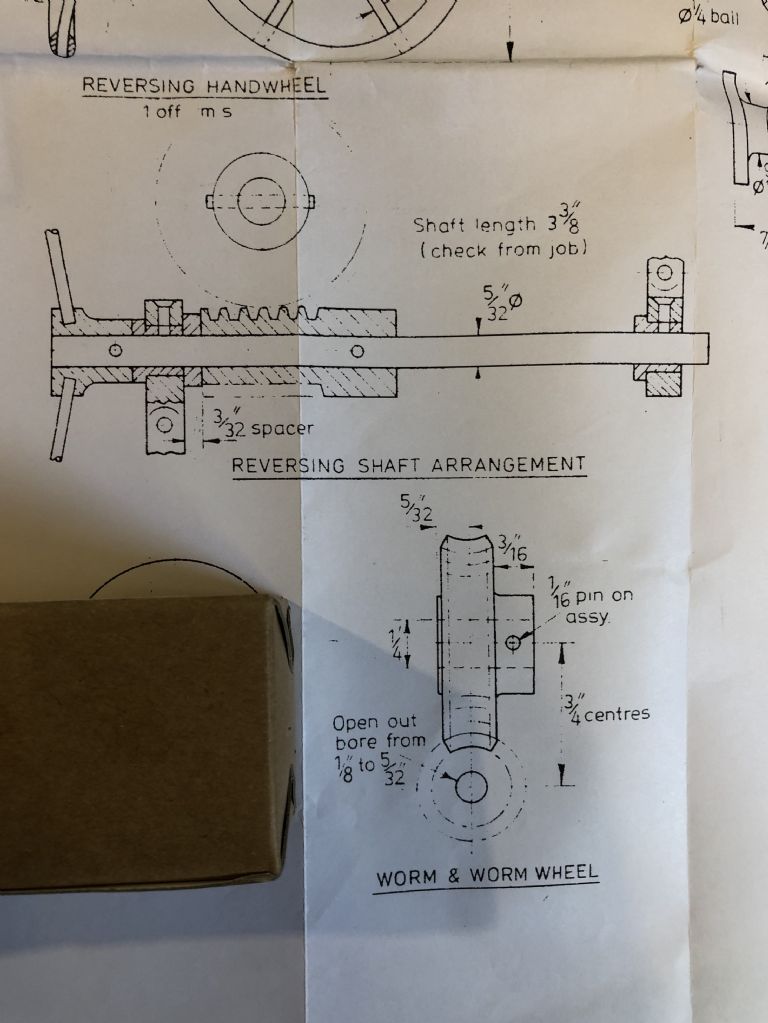
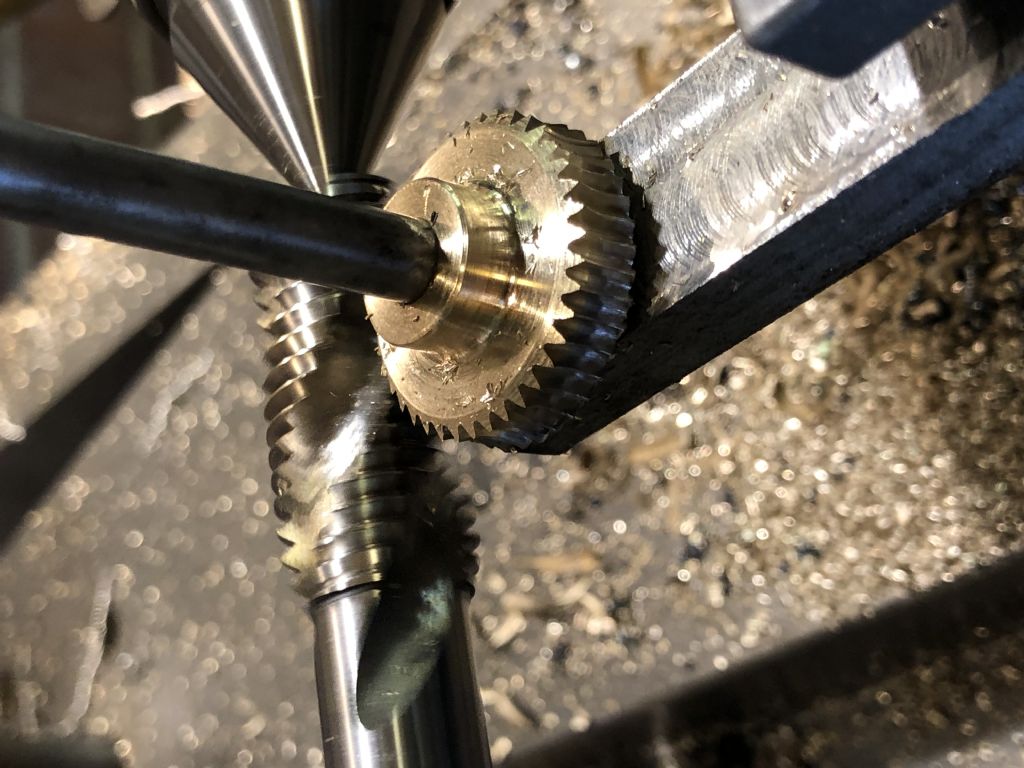
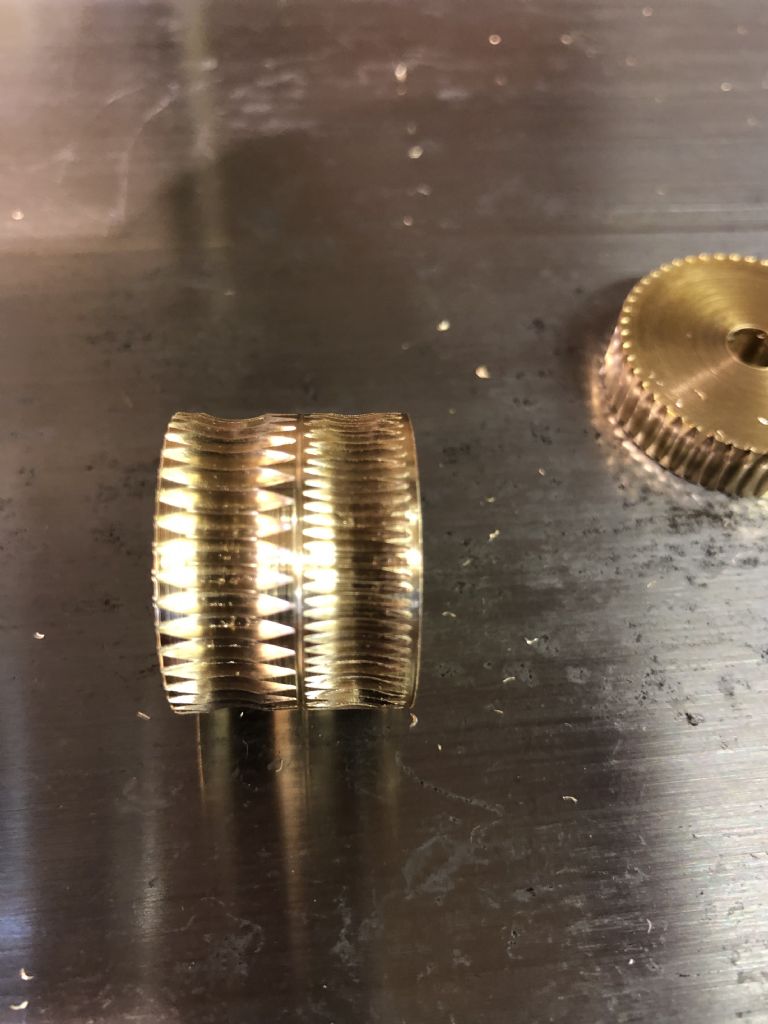
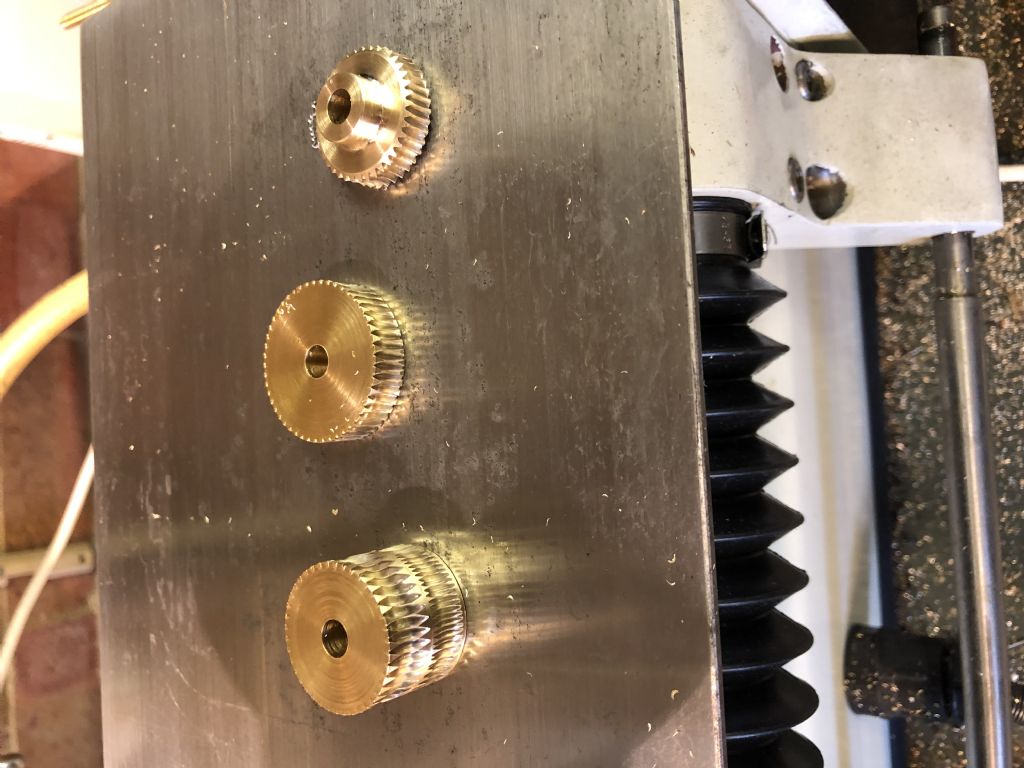
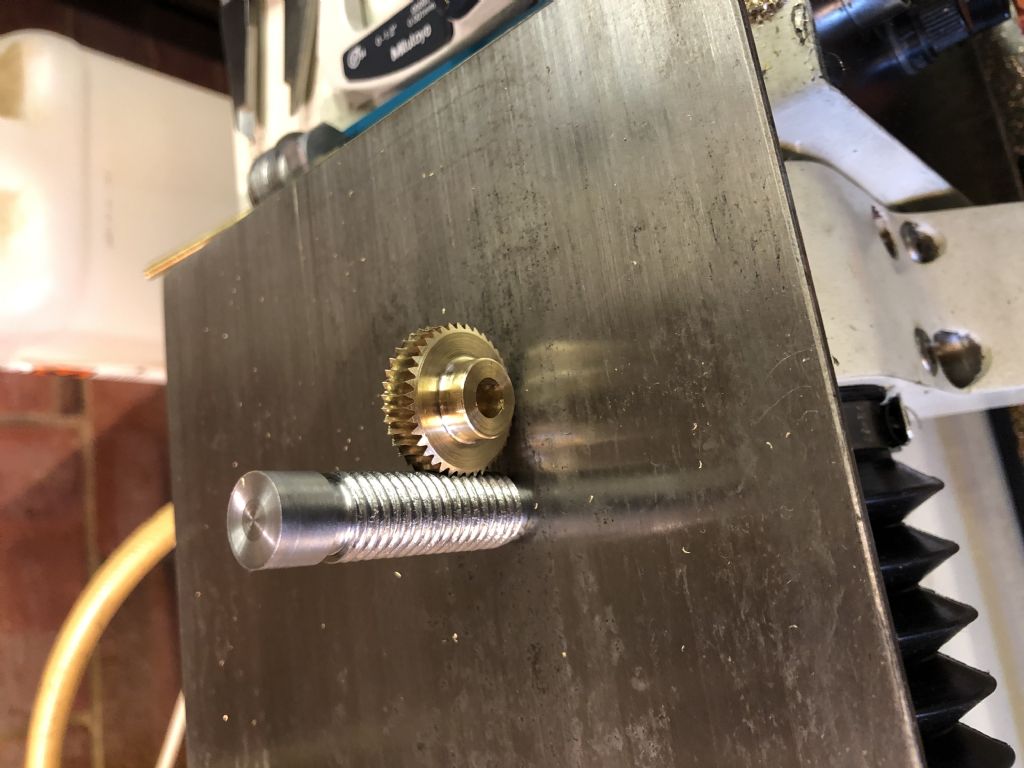









 Register
Register Log-in
Log-in


